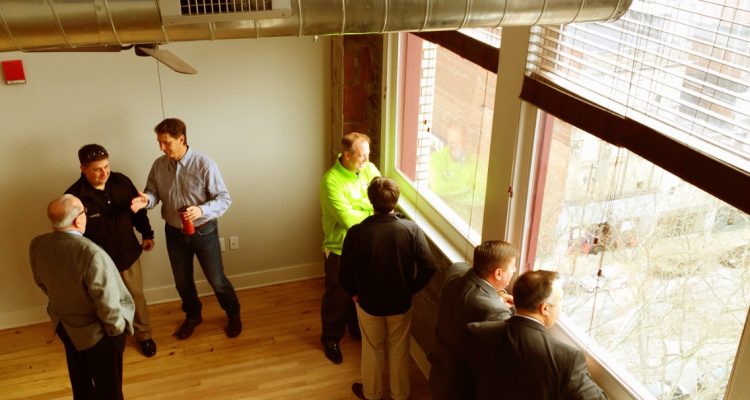With every brick that fell, there was one local resident happy but another upset in a community torn between erasing what they always knew of downtown Wheeling and the critical need of evolution.
The old Jupiter and the Feet First buildings, the Rite Aid and River City Danceworks locations, and yes, G.C. Murphy’s, were rendered to rubble to make a green field not seen in the Friendly City’s downtown district for a century. Some viewed the demolitions as the creation of potential for future growth since only one of the razed structures was occupied; a portion of residents insisted the demolitions were erasing history; and some expressed disappointment that there existed no plan for the land once cleared of the unwanted relics.
But there is a plan now. The Health Plan. Four floors, 53,000 square feet, $16 million, and 300-plus employees are the blueprint dictates for downtown’s 1100 block. The announcement was made at the Stone Center last week with Health Plan CEO and President Jim Pennington saying he was proud to bring the business back to the state in which it was founded.
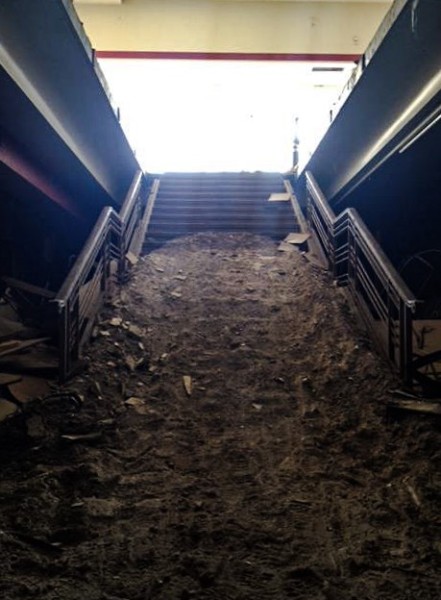
“It was a tough process because it seemed like some people weren’t able to see the big picture,” said Wheeling Councilman Don Atkinson (5th Ward). “And some believed that because there was no immediate plan for the land, it had to be a mistake. For whatever reasons, they were against knocking down buildings that no one wanted to re-purpose.
“I truly believe this is huge for Wheeling in many ways, but maybe the most important reason is that now people can start to believe that something very positive is taking place in the downtown,” Atkinson said. “And it’s going to be fun to watch what follows as far the private sector is concerned.”
Jake Dougherty, director of ReInvent Wheeling, believes additional economic development will take place in the future because property purchases were taking place well before officials of The Health Plan announced their intentions for the 1100 block.
“There was a time not too long ago when we would look at vacant buildings and think, ‘No one is looking to occupy that,’ but that’s changed now. Not every one of them has been purchased, but people have been looking into those properties,” said Dougherty. “With 300 more people coming to the downtown, there’s even more value in those properties.
“There are more people working in downtown now than there have been in a long time, and that’s very exciting,” he continued. “Once more of those vacant properties get into the hands of someone that can turn them into working locations, we’ll see more and more of that reinvention.”
Dougherty said the redevelopment of the former Dinner Bell, Fiddlesticks, and Industronics locations on upper Market Street is a prime example of local developers working with local business owners to enhance the amenities within the downtown district.
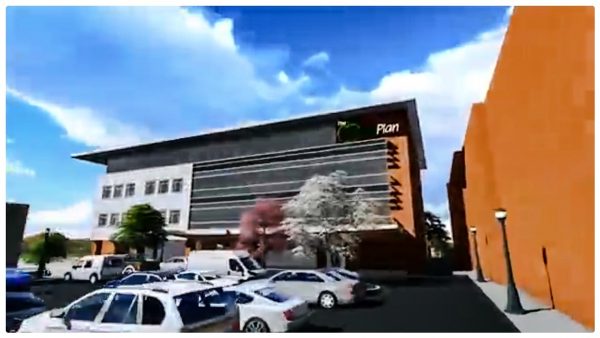
“A great example of what is possible in the downtown is happening right now thanks to D.C. Ventures. They have acquired a few properties across the street from Market Plaza, and crews have been working on those buildings for several months,” Dougherty said. “D.C Ventures is an incredible group doing incredible work on properties that have sat vacant for several years. Tito’s Sloppy Doggz is already open in the old Dinner Bell location, and soon the other two properties will have the Vagabond Kitchen.
“People who want to make buildings viable for local businesses are going to make a huge impact on this city,” he said. “And I believe we are going to see much more of that activity now that the Health Plan has announced that they are moving their headquarters to the 1100 block.”
One key factor for downtown Wheeling’s future is the number of corporate headquarters located within the district, including the Stone Center, Wesbanco Bank, Kalkreuth Roofing, the global operations center for Orrick, Herrington & Sutcliffe, and, in 2017, the Health Plan.
“What I think that’s happened in Wheeling that has been very successful is anchor development,” Dougherty said. “There are several perfect examples of that, and they are sprinkled: Stone Center, Orrick, Kalkreuth, and now the Health Plan are perfect examples of those kinds of developments, so it’s time for the private sector to begin adding the fabric in between those developments.
“I would like to see more restaurants to begin to pop up as well as small retailers, but what I think is pretty important is a balance of what people need and what people want,” he continued. “I think if that happens, downtown will become a place where people are not just coming to for work but also for food, shopping, and entertainment.”
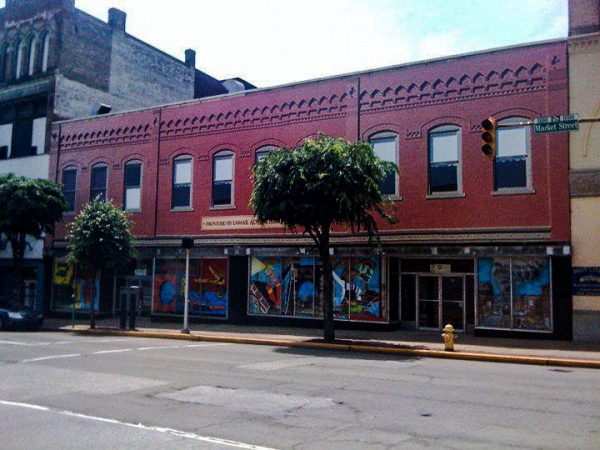
Outside Observations
Growth is not only taking place in Wheeling and Ohio County but also throughout Marshall and Belmont counties, as well. Corporations involved with the fracking industry are harvesting the clear gold in all areas there, but most of the offices and industrial operations are situated south of Wheeling and in East Ohio.
But downtown Wheeling properties have been selling at rapid pace recently, including the Professional Building, the Flat Iron Building, and the former Boury warehouse, and the city of Wheeling has purchased five downtown properties in the past six months.
Frank Longwell, the police chief in Benwood for the past 30 years who is currently serving as the municipality’s economic development director, has long been a fan of the Friendly City and the downtown area, but he has also accepted the fact that retail developments along Interstate 70 have replaced downtown as the Upper Ohio Valley’s go-to shopping destinations.
“If anyone thinks that the old downtown Wheeling is going to come back, they should just forget it because that’s gone, and it’s not coming back because of the mall and The Highlands. That’s how people like to shop these days,” he said. “But it’s now becoming something different thanks to developments like the Health Plan and the expansion of West Virginia Northern Community College.
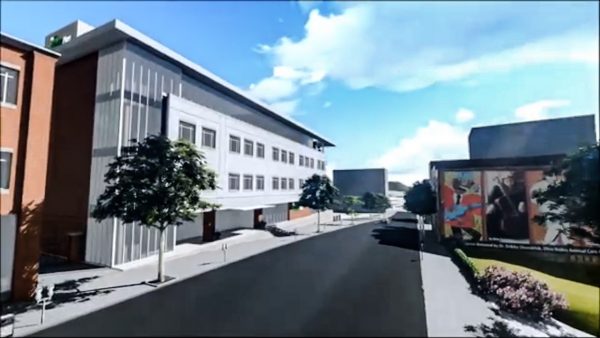
“If I was involved with Wheeling the way I am with economic development in Benwood, I would look into developing a dormitory-type development for all of the college students because they are now attracting students from outside this area,” he continued. “This Valley was heavy with industry for a lot of years, but that’s changed, too, so it’s all about adapting and supplying what is needed today.”
Longwell was involved with the announcement earlier this week that informed the public that JLE Industries has entered into a lease agreement with the Mull Group to utilize the former Wheeling-Pittsburgh Steel plant that closed in 1980. JLE, a firm from Dunbar, Pa., will create 45 new jobs to manufacturing pipes used for drilling for natural gas.
The city of Benwood has been redeveloping two industrial areas the past few years, and that is because the space was available near the banks of the Ohio River and with railroad access. Such land no longer exists within Wheeling’s city limits.
“There was a time in this Valley when a father would look at his son and say, ‘When you’re old enough, you’re going to the mill with me for work,” Longwell said. “You had a job waiting on you after you graduated college. That’s how it was then, but now it’s more about the high-tech, white-collar jobs.
“I also believe we are approaching the time when this area will see an increase in population over the next five to 10 years, especially in Wheeling,” he said. “There will always be both blue-collar and white-collar employment because people will always need the plumber, the electrician, and people like that to keep things running, but I also believe that the new Wheeling will be more office work than earning a living in the manufacturing industry.
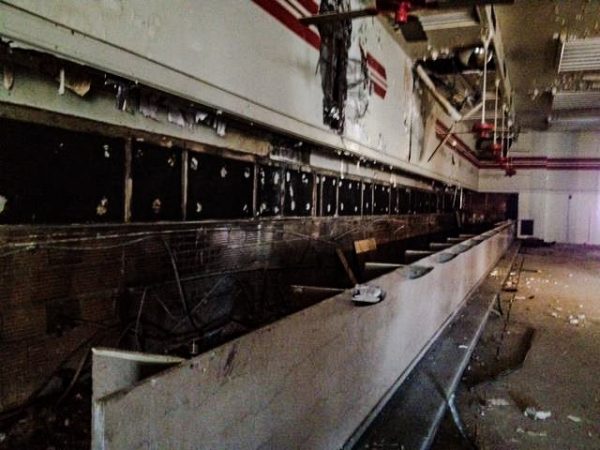
“I wish I was 10 years younger than what I am today because I can see that this is going to be tremendous because of the conversations I have had with people in the gas and oil businesses. They always tell me that if the development of the industry is compared to a baseball game, we’re still only in the first inning,” he added. “I’ve heard that every day for the last year, so that tells me we’ve only seen the beginning so far and that there’s much more to come.”
One area of downtown Wheeling that was once crowded with industrial businesses was the riverfront area along Water Street. Today, though, this area features Heritage Port, where more than 70 events were staged between May and October this past year.
At the time when Heritage Port officially opened to the public in 2001, many Wheeling officials held hope that private development would follow. It has not.
“I think there is a perception that needs to change concerning the development of the riverfront along Water Street because, for so long, the buildings in that area have not faced the water,” Dougherty explained. “If it changes and people want to face the water instead of putting their backs to the water, I think people will realize that we have a huge asset that I feel we are underutilizing.
“I believe many more people are talking about waterway development now than what we have seen in many years, and I also believe that local residents are now beginning to see the Ohio River and our local creeks as something they can use for recreation,” he said. “If that increases, I think it will open up some eyes, and perhaps the result will be more businesses in the area of Heritage Port.”
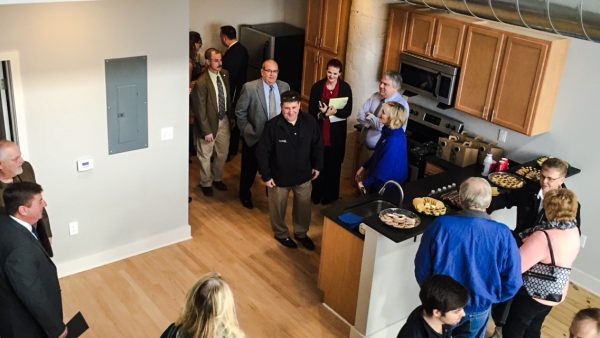
The Visitor Experience
Shane Bakker is a native of Navan, Ontario, but he’s also a transient resident of Wheeling. He’s a professional hockey player, and for the third season in a row he’s signed with the Nailers. This year, though, he’s living in one of the sixth floor lofts inside the Stone Center.
“I heard they were going to be really nice, and I saw the renderings, but when we moved in, I could not believe how nice they were,” the 28-year-old said. “It’s an amazing living space, and living in downtown Wheeling is a lot of fun. It’s exceeded my expectations.
“I’ve been here for eight months a year for the past two years, and I got here in early October this year, and I have seen the difference between when I went home and came back,” the Nailers’ forward said. “And now that I live on the Plaza, the Bridge Tavern is my spot for breakfast. That’s where I have breakfast every game day, and before I lived in the Stone Center, I had never been there before.”
Nailers goalie Franky Palazzese resides with teammate Zach Torquato in the Centre Market area, and he reported the historical district is bustling with activity throughout each week.
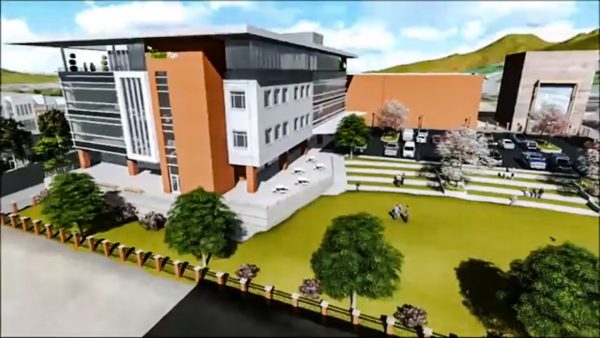
“Living in the Centre Market area is unbelievable because of the whole buzz around the area,” the 22-year-old said. “And that’s on a daily basis. I live with Zach, and he’s never in the apartment because he’s always doing laps around Centre Market because so much is going on all of the time, it seems.
“We go into all of the local businesses, and the Soup Shack is one of our favorite places down there,” he continued. “They also just opened the Osaka Express, and we enjoy that a lot. It’s amazing, and we make our call after practice so we can just go there and pick it up. We do love living in that area.”
Both hockey players said they greatly appreciate the capital improvements performed on Wesbanco Arena during the offseason, and both are eager to see the building’s exterior once the new façade construction is complete next year.
“It started last year when they installed the video boards, but when I returned to Wheeling and went back into the building, it was way better than what was explained to us last season,” Bakker said. “The new locker room, the new weight room, and the new seating have really made a huge difference.
“What I really like about Wesbanco Arena now is that it’s modern, but it still has a lot of character to it,” he continued. “It is a lot more professional now and that translates to how we conduct ourselves, too. We’re very lucky to have it, and we’re thankful to have that facility as our home.”
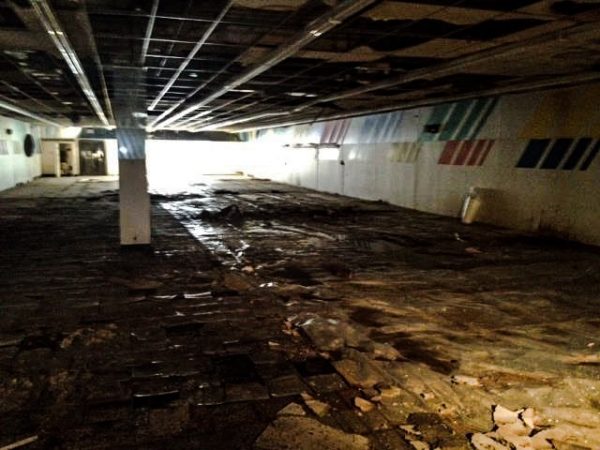
“I really enjoy the new score clock because of the replays because I’m able to see things immediately,” Palazzese said. “When the old board was over the ice, I used to look up at it and just pray that it wouldn’t come down on me someday.
“I can tell you that a lot of our guys signed to come back to Wheeling because of those improvements but also because we just love everything about the city so much,” he continued. “The additions they did to the rink really added value to playing for the team, and I can tell you that I love playing there.”
Both Bakker and Palazzese are hopeful to advance their respective careers in the future, but they each insisted they are most pleased with their time in the Friendly City – and not just because of the activity, the food, and the arena’s renovations.
“Wheeling just has that feel that I have always liked and because I really like to get out into the community as often as possible and that’s allowed me to build relationships with a lot of people,” Bakker said. “I have found playing in bigger cities that those relationships don’t really happen, but it’s possible here. I can tell you that at every game I probably know 40 to 50 people in the stands.
“There’s that tight feel and that makes it an enjoyable place to be,” he continued. “I’ve made Wheeling my winter home for three years now so I believe getting out into the community is the least I can do to give back. I like calling this place my home.”
(Renderings supplied by the Mills Group; cover photo by Allison Skibo, city of Wheeling; others by Steve Novotney)


